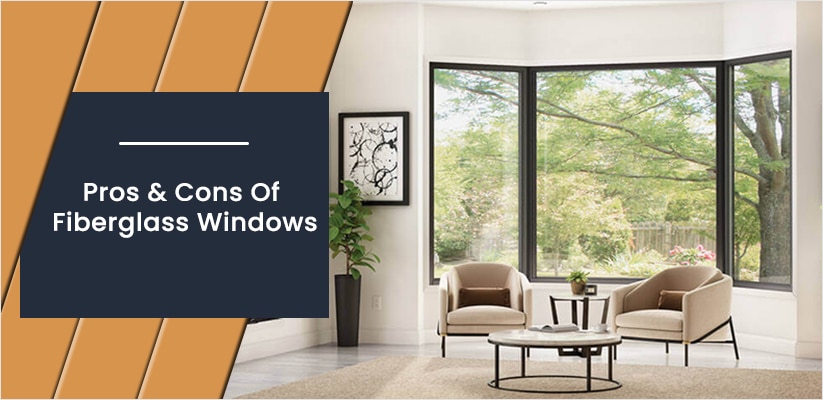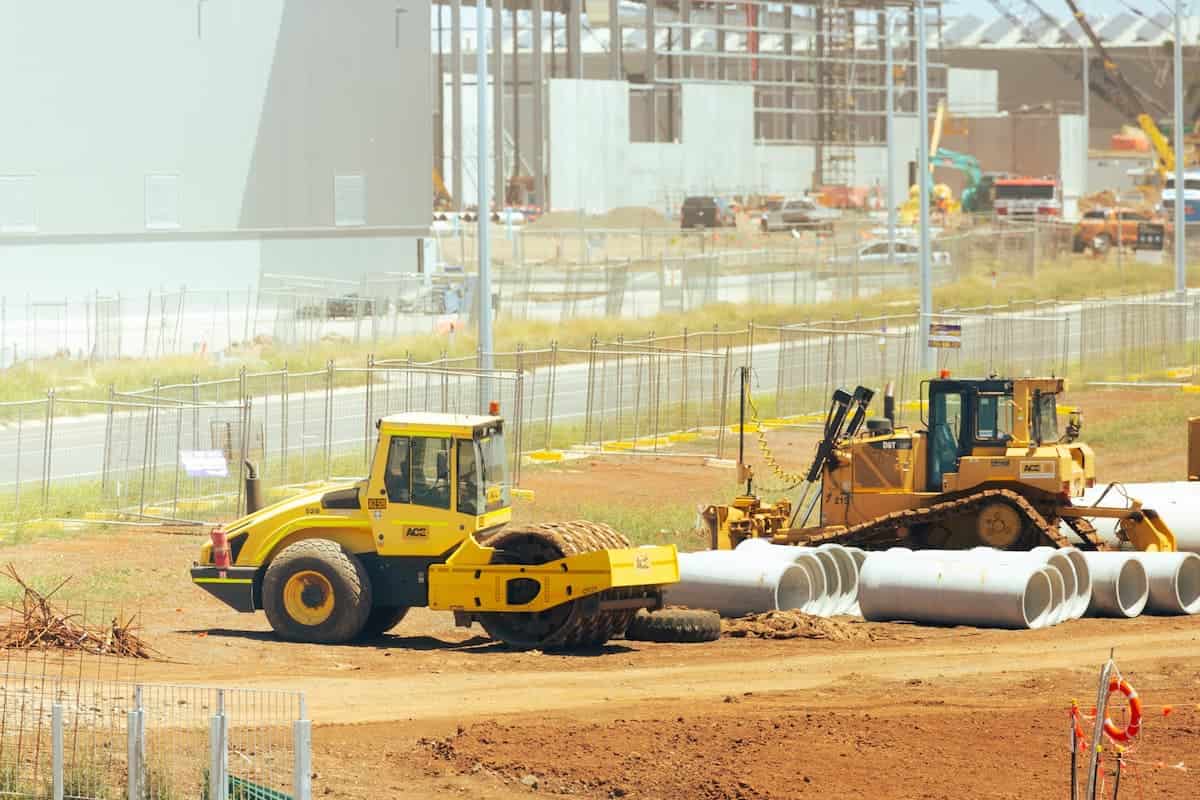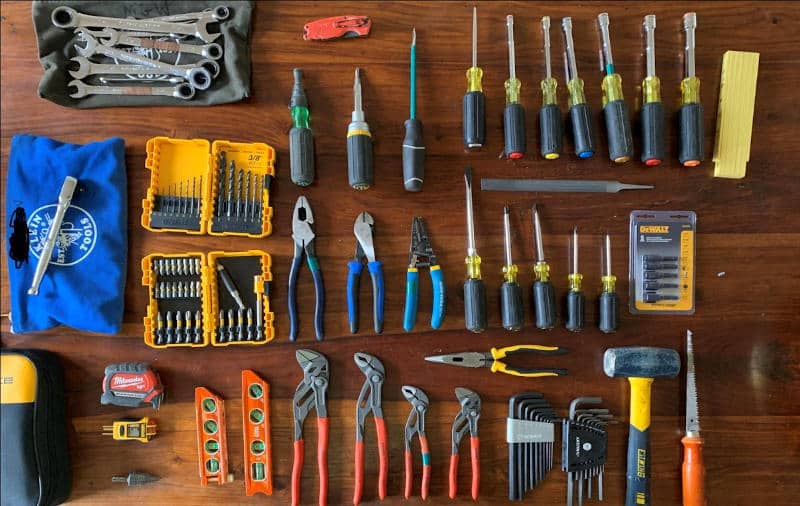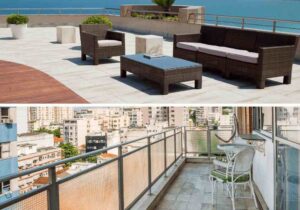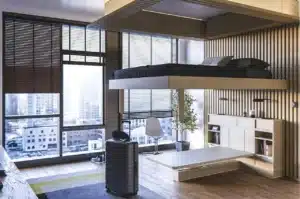The Truth About Fiberglass Unveiling the Pros and Cons
Fiberglass is a versatile and commonly used material in various industries, including construction, automotive, marine, and aerospace. It is made from fine fibers of glass that are woven together and bonded with a polymer resin.Truth About Fiberglass
While fiberglass offers numerous advantages, it also has its share of drawbacks. In this article, we will unveil the pros and cons of fiberglass to help you better understand its uses and limitations.Truth About Fiberglass
Pros of Fiberglass:
Strength and Durability:
One of the most significant advantages of fiberglass is its exceptional strength-to-weight ratio. It is stronger than many traditional construction materials, such as wood, and is highly resistant to impact, making it a preferred choice in applications where durability is crucial.Truth About Fiberglass
Lightweight:
Fiberglass is significantly lighter than steel or concrete, making it easier to transport and work with. This weight advantage is especially important in applications like boat building and aerospace, where reducing weight is essential.
Corrosion Resistance:
Unlike metal materials, fiberglass is impervious to rust and corrosion. This makes it an excellent choice for outdoor structures, boats, and chemical storage tanks, as it can withstand harsh environmental conditions.
Insulation Properties:
Fiberglass is a natural insulator, which means it can help maintain temperature and reduce energy costs in buildings. It is also an excellent acoustic insulator, making it ideal for soundproofing applications.
Moldability:
Fiberglass can be molded into various shapes and forms, making it a versatile choice for manufacturing complex components and structures. It can easily replicate the look and feel of other materials, such as wood or metal, while offering added benefits like durability and reduced maintenance.
Low Maintenance:
Fiberglass requires minimal maintenance. It doesn’t need to be painted, and its smooth surface is easy to clean. This quality is particularly beneficial in applications like pools and boats, where maintenance can be time-consuming and costly.
Cons of Fiberglass:
Cost:
While fiberglass can be a cost-effective material in some cases, the initial investment can be higher than other materials like wood or certain metals. The cost depends on the complexity of the product and the quality of the materials used.
Brittleness:
Fiberglass can be brittle and prone to cracking when subjected to strong impacts. While it is durable in many situations, it may not be suitable for applications that require high impact resistance.
UV Sensitivity:
Fiberglass can deteriorate when exposed to prolonged sunlight and ultraviolet (UV) radiation. To combat this issue, UV-resistant coatings or paints may be required for outdoor applications.
Environmental Concerns:
The production of fiberglass involves the use of raw materials and energy-intensive processes, which can have environmental impacts. Additionally, fiberglass products can be challenging to recycle.
Limited Aesthetic Choices:
While fiberglass can mimic the appearance of other materials, it may not offer the same authentic aesthetic appeal. In applications where the natural look of wood or the sleek finish of metal is essential, fiberglass may not be the best choice.Truth About Fiberglass
Health Concerns:
The fine glass fibers used in fiberglass production can be harmful when inhaled, potentially leading to respiratory issues. Proper safety measures should be taken during manufacturing and handling to prevent health risks.Truth About Fiberglass
In conclusion
fiberglass is a versatile material with a wide range of applications and benefits, including its strength, durability, lightweight nature, and resistance to corrosion.
However, it is not without its drawbacks, such as cost, brittleness, and environmental concerns. When considering the use of fiberglass in a project, it’s essential to weigh the pros and cons carefully and make an informed decision based on the specific requirements of the application.
Additionally, proper safety measures should be taken when working with fiberglass to mitigate health risks associated with the material. Ultimately, fiberglass’s suitability depends on the context in which it is used and the specific needs of the project.

